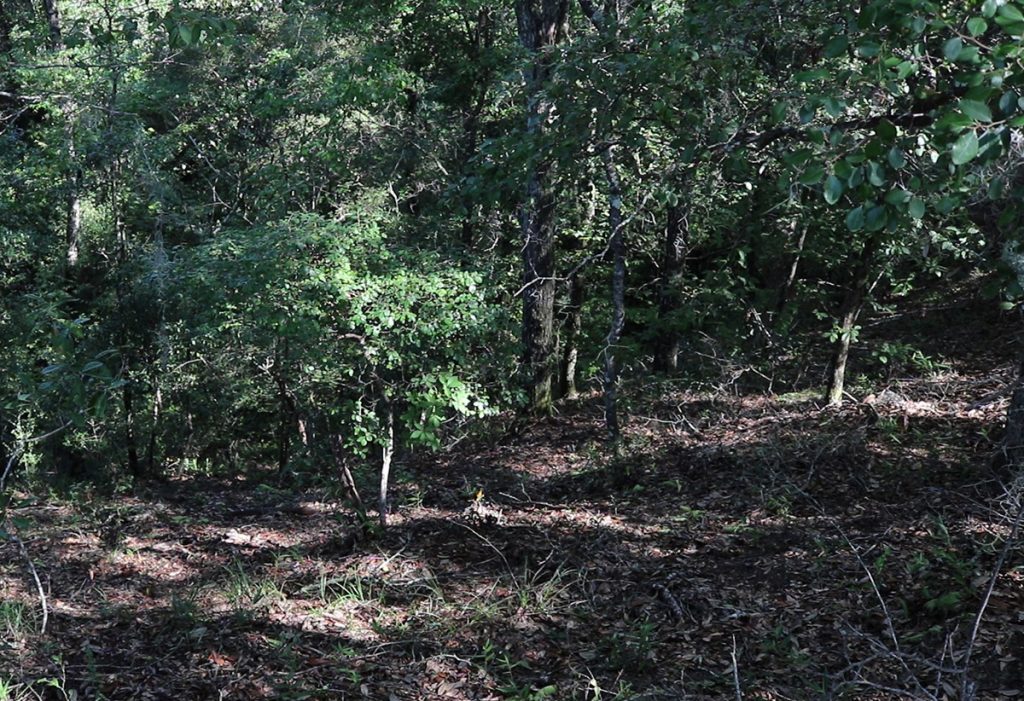Originally Published: November 16, 2017
In a steephead ravine by the Apalachicola River, we look for the Apalachicola dusky salamander with Bruce Means. Here, we find a pocket of ice age Florida.
“We’re standing at one of the places I most love in this world,” Bruce Means tells the camera. “There’s a big surprise right behind me.”
Dr. Means stands in an open field, a row of oak trees a short distance away. When we get to the tree line, we look down. Up here, all we see are the tops of trees and a slope that descends into shadows. At the bottoms of those trees, however, lies the promise of rare plants and animals, a few of which aren’t found anywhere but the Apalachicola Bluffs and Ravines region. This is a steephead ravine.


We’re here in search of the Apalachicola dusky salamander. It’s a critter Dr. Means discovered as a graduate student at Florida State University in the 1960s and 70s. He was researching the southern dusky salamander, and exploring Florida wetlands to get a sense of all the places they’d be found. That search led him down steephead ravines, which had been largely ignored by biologists to that point. The dusky salamanders he found there were, at the time, classified as southern duskies.


It turned out to be a separate species, which he named in 1972- Desmognathus apalachicolae, the Apalachicola dusky salamander. In his quest to learn more about these salamanders, he found a habitat like no other.
Rob Diaz de Villegas is a senior producer for television at WFSU Public Media, covering outdoors and ecology. After years of producing the music program OutLoud, Rob found himself in a salt marsh with a camera, and found a new professional calling as well. That project, the National Science Foundation funded "In the Grass, On the Reef," spawned the award-winning WFSU Ecology Blog. Now in its tenth year, the Ecology Blog recently wrapped its most ambitious endeavor, the EcoCitizen Project.
Rob is married with two young sons, who make a pretty fantastic adventure squad.





